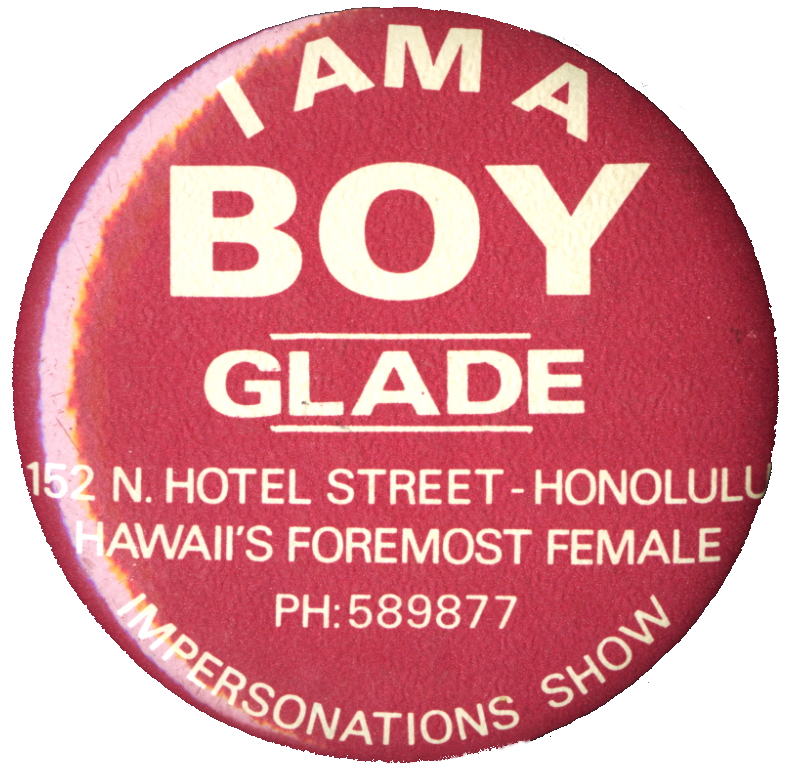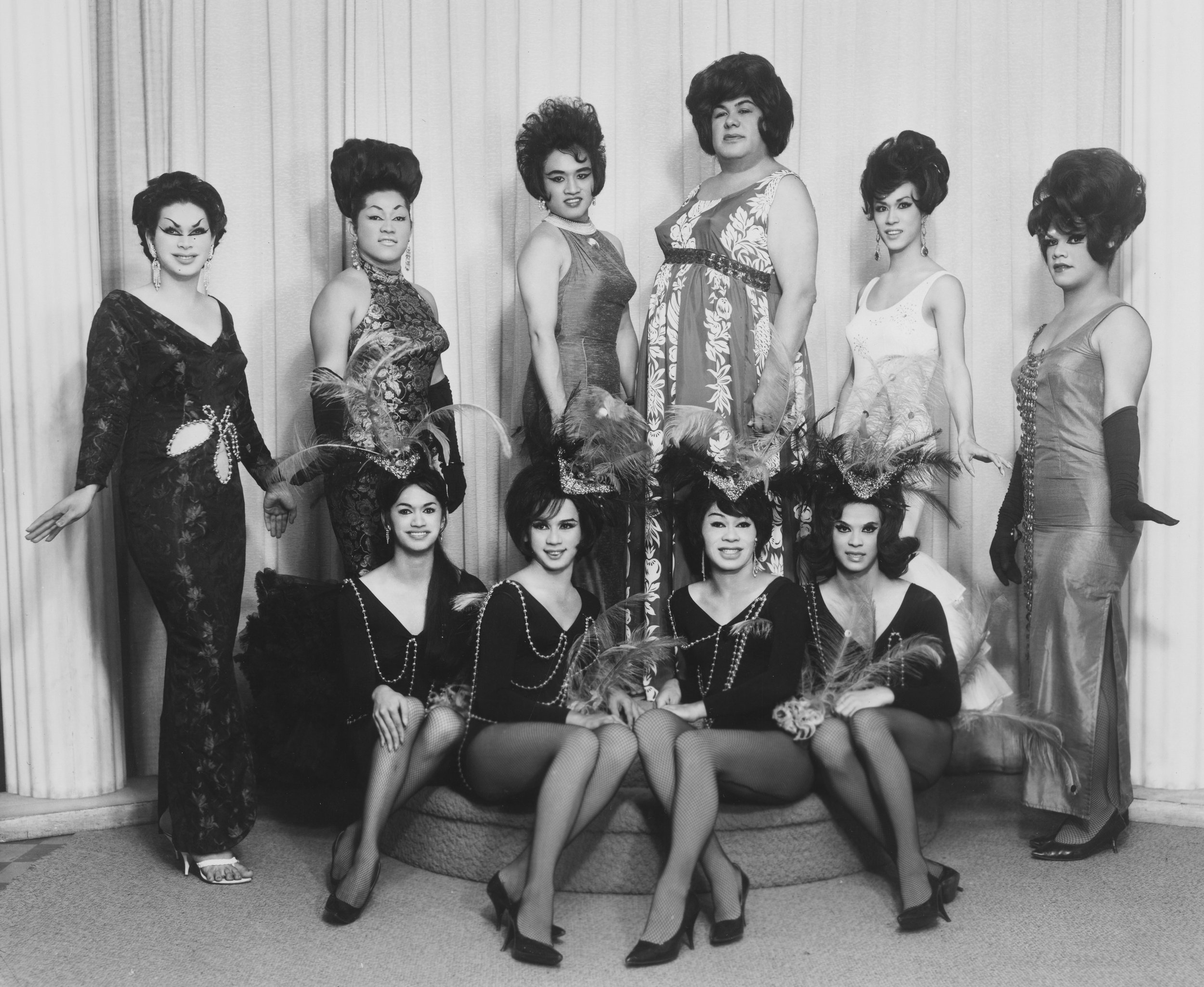
THE GLADE
“Where Boys will be Girls”
The Glade Show Club was a celebrated nightclub located at 152 N. Hotel Street in the red light district of Honolulu’s Chinatown. It was popular with locals, tourists, and military personnel for its "Boys Will Be Girls Revue," which featured extravagantly dressed “female impersonators,” similar to the drag shows of today. While considered risqué by continental USA standards, the show was included in tourist excursions.
(Photo from the collection of DeSoto Brown)
The most anticipated performance of the evening was by the exotic dancer Prince Hanalei, who had the unique talent of twirling flaming tassels from his buttocks while standing on his head.
(Photo from the collection of DeSoto Brown)
Many of the gender-fluid performers at the Glade identified as māhū, a once-respected Hawaiian term that fell into disrepute as Hawaiʻi changed. In 1963, the State of Hawaiʻi passed a law that that criminalized cross-dressing, obligating māhū to wear an “I Am A Boy” button to avoid arrest. Although meant to protect the māhū, this actually made them more vulnerable to attack and harm. In this bigoted and often violent environment, the Glade became a place of safety and refuge.
(Photos at left from the collection of DeSoto Brown)
The law against cross-dressing was removed from the criminal statutes in 1972, and the Glade survived until 1980. In 1983 all the buildings on the block where it was located were demolished for redevelopment. Today, the Glade and its former site remind us of the māhū entertainers whose fearless queer visibility blazed the trail toward dignity and respect for the generations to come.
As a way to honor and mark the Glade in public memory, the Lei Pua ʻAla Queer Histories of Hawaiʻi project conceived and created a commemorative plaque placed at the former site of the nightclub, now the Maunakea marketplace. The plaque includes the official seal of the City and County of Honolulu and was dedicated by Mayor Rick Blangiardi at a ceremony on June 28, 2024, the 55th anniversary of the Stonewall Rebellion. See Hawai’i News Now and Honolulu Star-Advertiser stories and photos of the event here.
HISTORY OF THE GLADE SITE
The area now known as Chinatown was once a small fishing community with grass houses. The site of the Glade, 152 N. Hotel Street, was located in an area named Kikihale after a stream in the area.
(Image of map courtesy of Bishop Museum)
Beginning in the late 1870s, a large number of wooden tenaments and stores were constructed to accommodate the rapid influx of Chinese laborers, many of whom chose to stay in Hawaiʻi and move to town after their plantation contracts had expired. In 1899 there was a Chinese-owned foodstore at the Glade site, but it burned in the 1900 fire that destroyed most of Chinatown.
(Photo by Brother Bertram, Hawaiʻi State Archives, PNL-226)
One of the most renowned visitors to Chinatown was Dr. Sun Yat-sen, “Father of the Chinese Nation,” who lived with his older brother and attended school in Hawaiʻi from 1879-1883 and returned multiple times to gain support and raise funds for revolutionizing China. On December 13, 1903, he gave a public speech at the American Theater, a Chinese owned and operated institution located just north of the site in the courtyard formed by the intersection of Hotel and Maunakea Streets. The mass meeting was well attended and enthusiastic according to newspaper reports.
(Images from Hawaiian Gazette, 1903)
During World War II, Hotel Street became the red light district of Honolulu, through which 30,000 or more soldiers, sailors, and war workers passed daily. The Glade site housed a variety of amusement businesses from 1945 to 1960 including a photo shop, shooting gallery, games with toys and carnival merchandise, and burlesque entertainment. The Glade cabaret was opened in 1964 by D Daisy Aguiar and Attilio "Tilly" Leonardi.
(Exterior photo and banner image of cast, from the collection of DeSoto Brown. Additional photos of showgirls and performer identifications provided by Jovann Sarte.)
Story by Dean Hamer and DeSoto Brown
Glade Showgirls
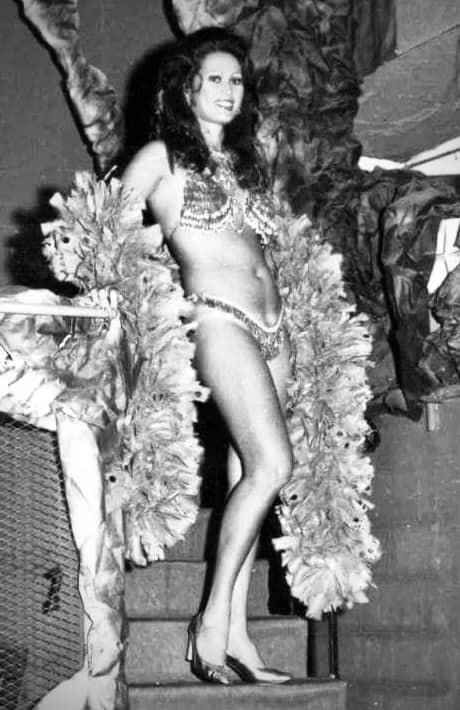
Sherry Shane
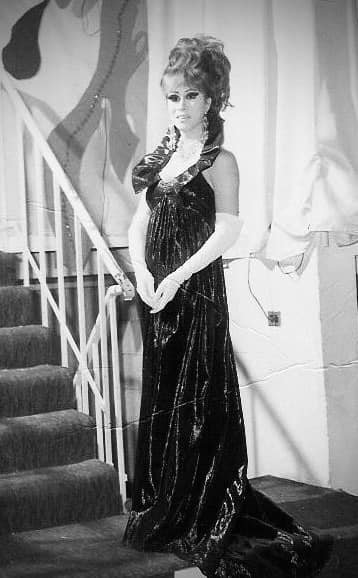
Brandy Lee
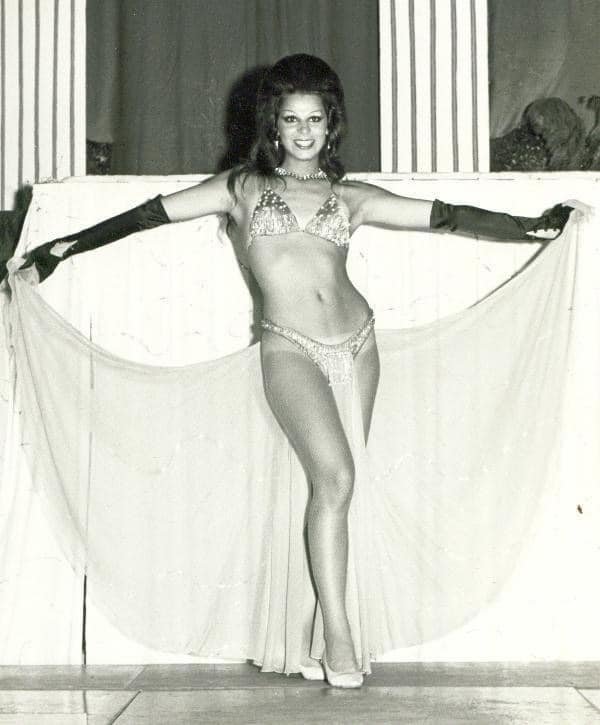
Bernie Brandt
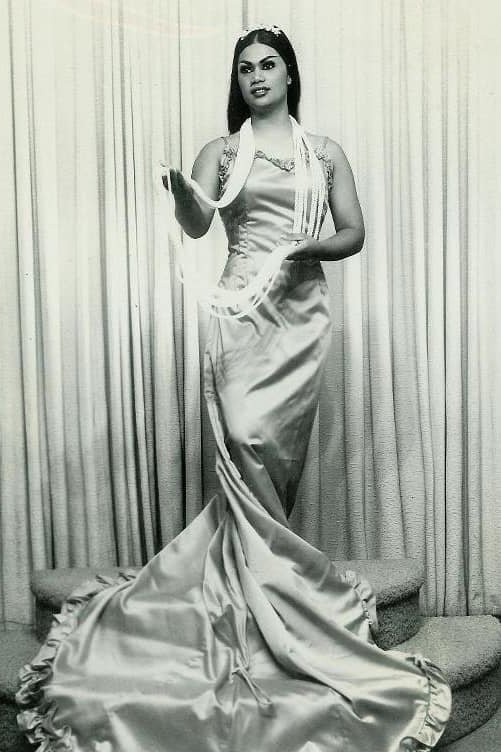
Tiare Clifford
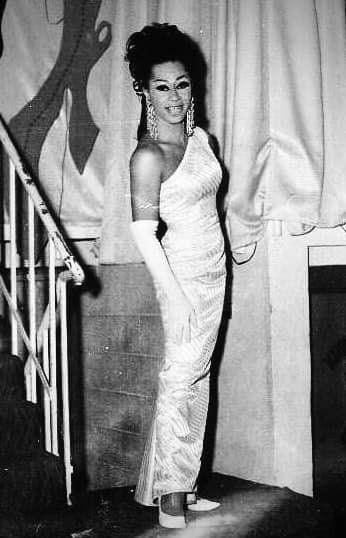
Mona Fleming
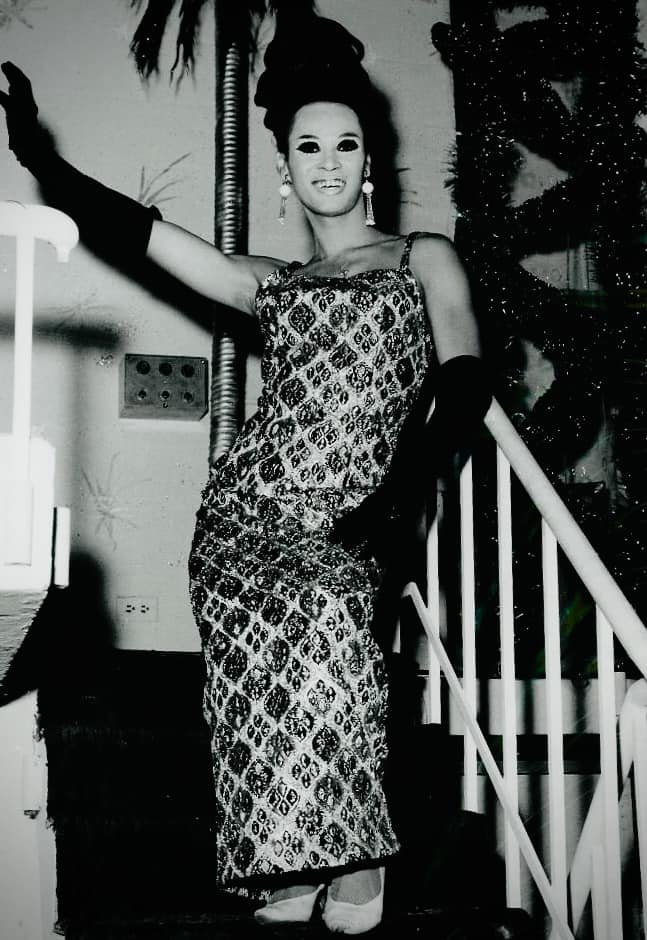
Charmaine Lee Anderson
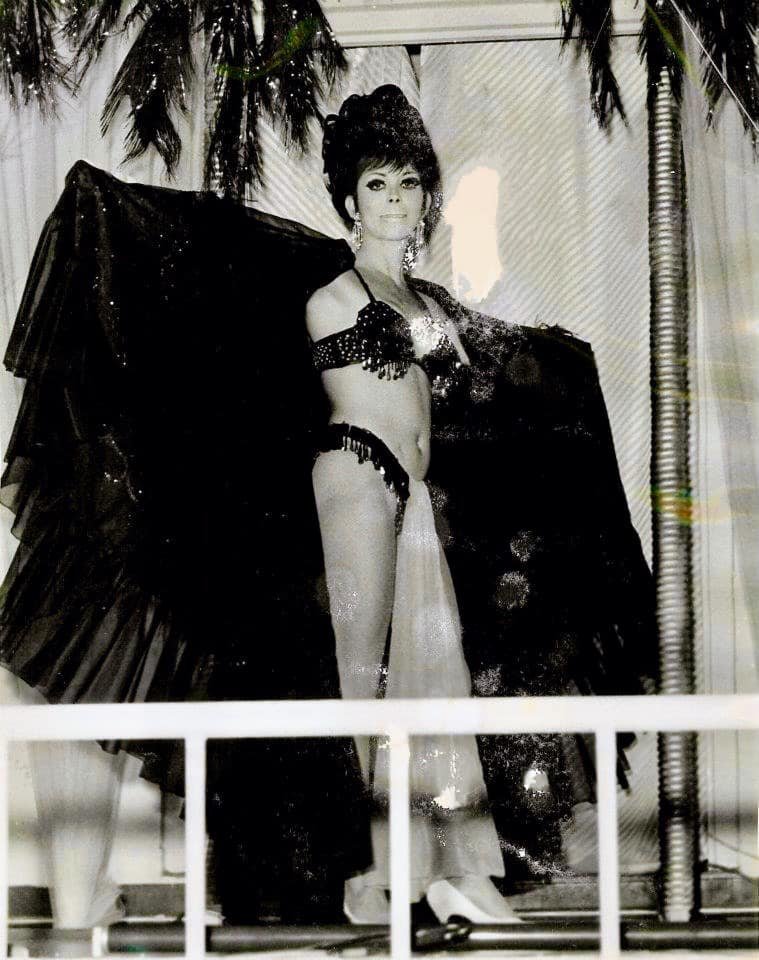
Tammy Kaye
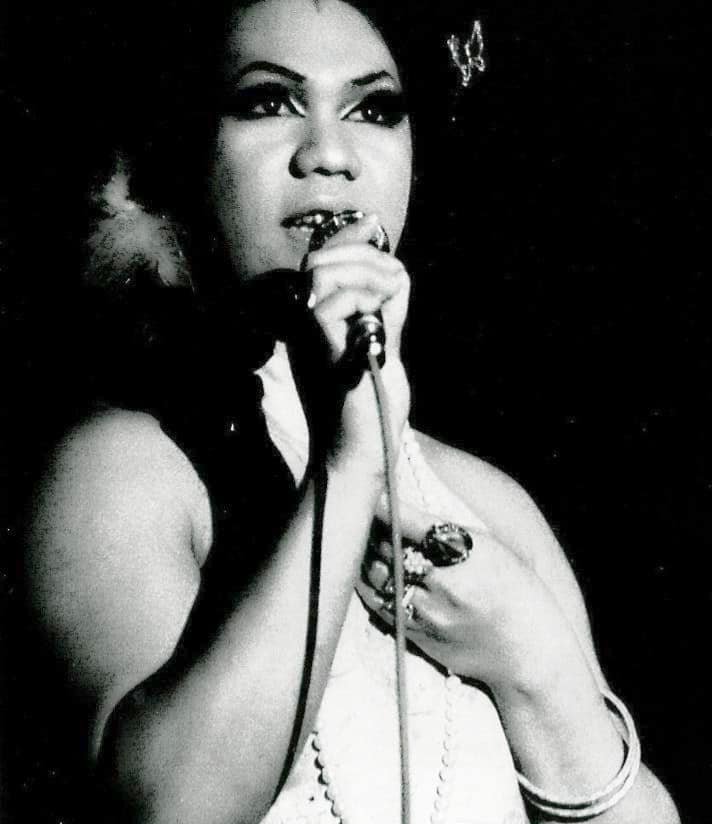
Macie Williams
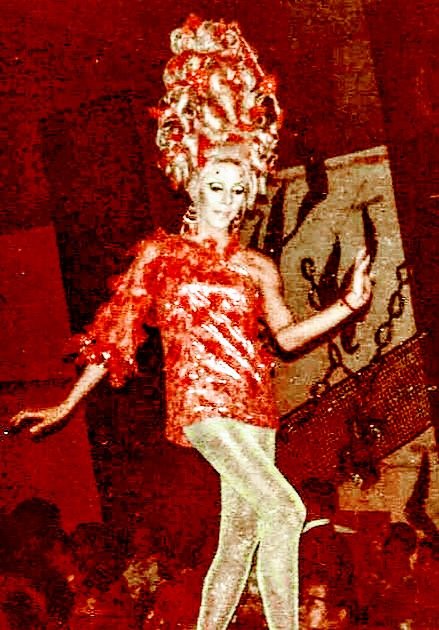
Rina Rustell
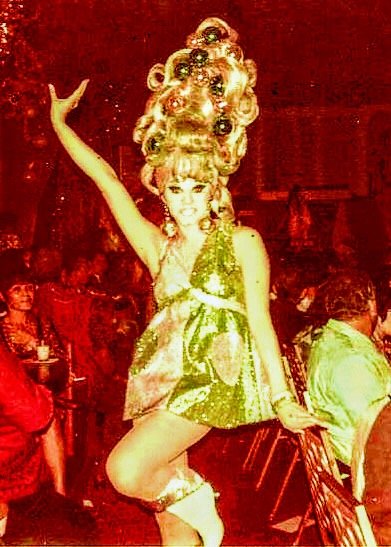
LaVonn Mitchell
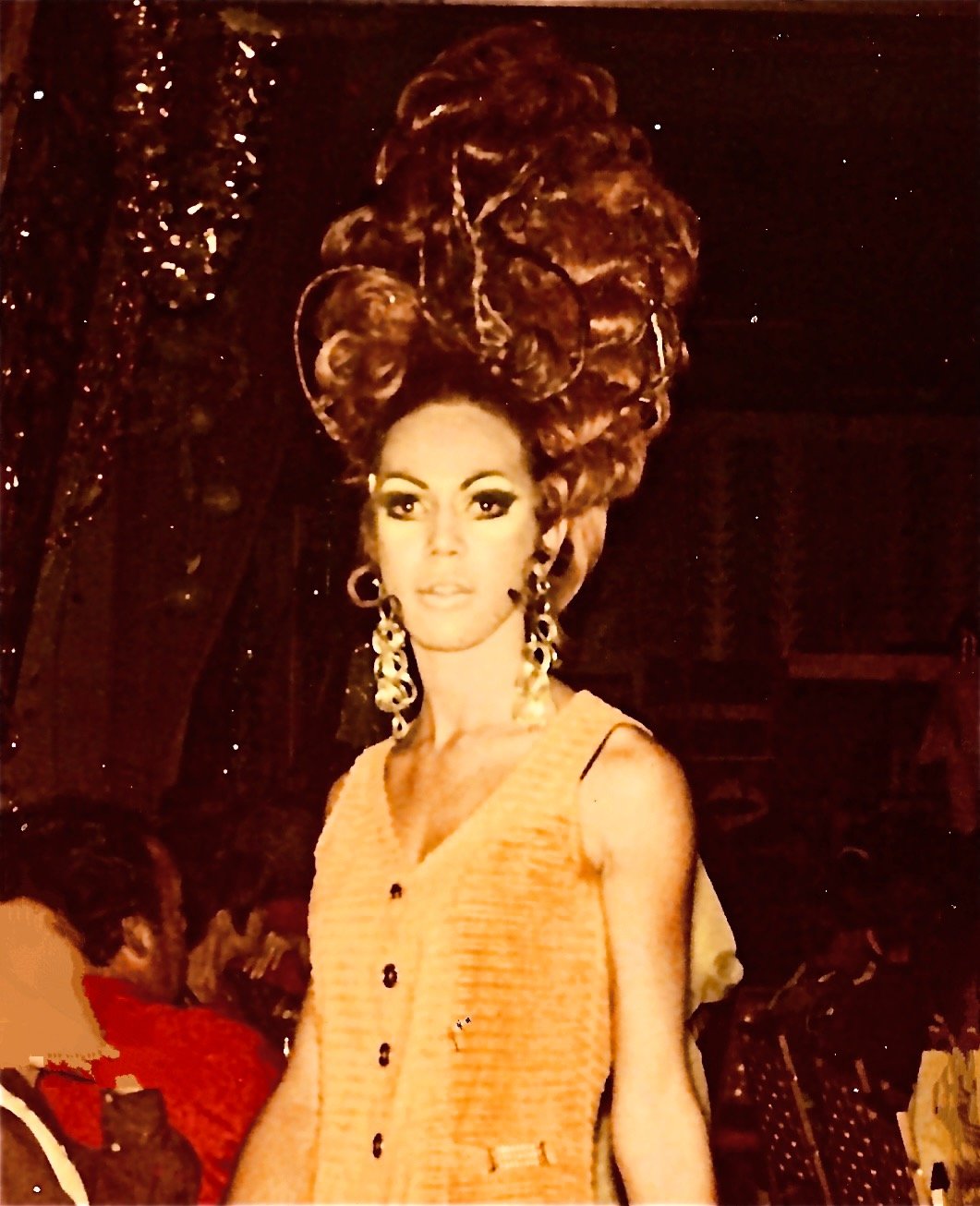
Andrea Nicole
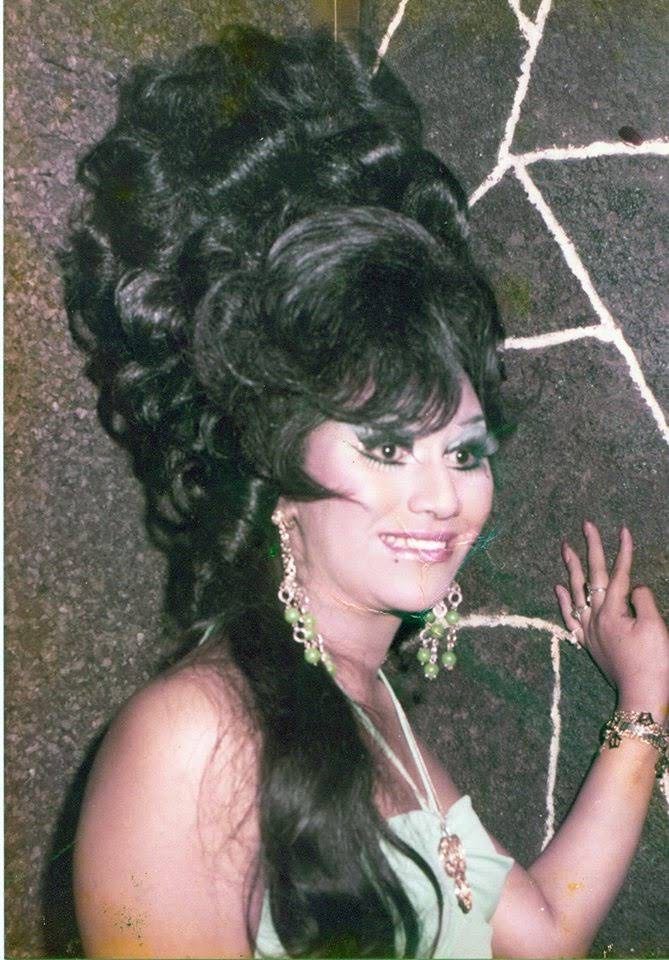
Harmony Pakalana Brighter
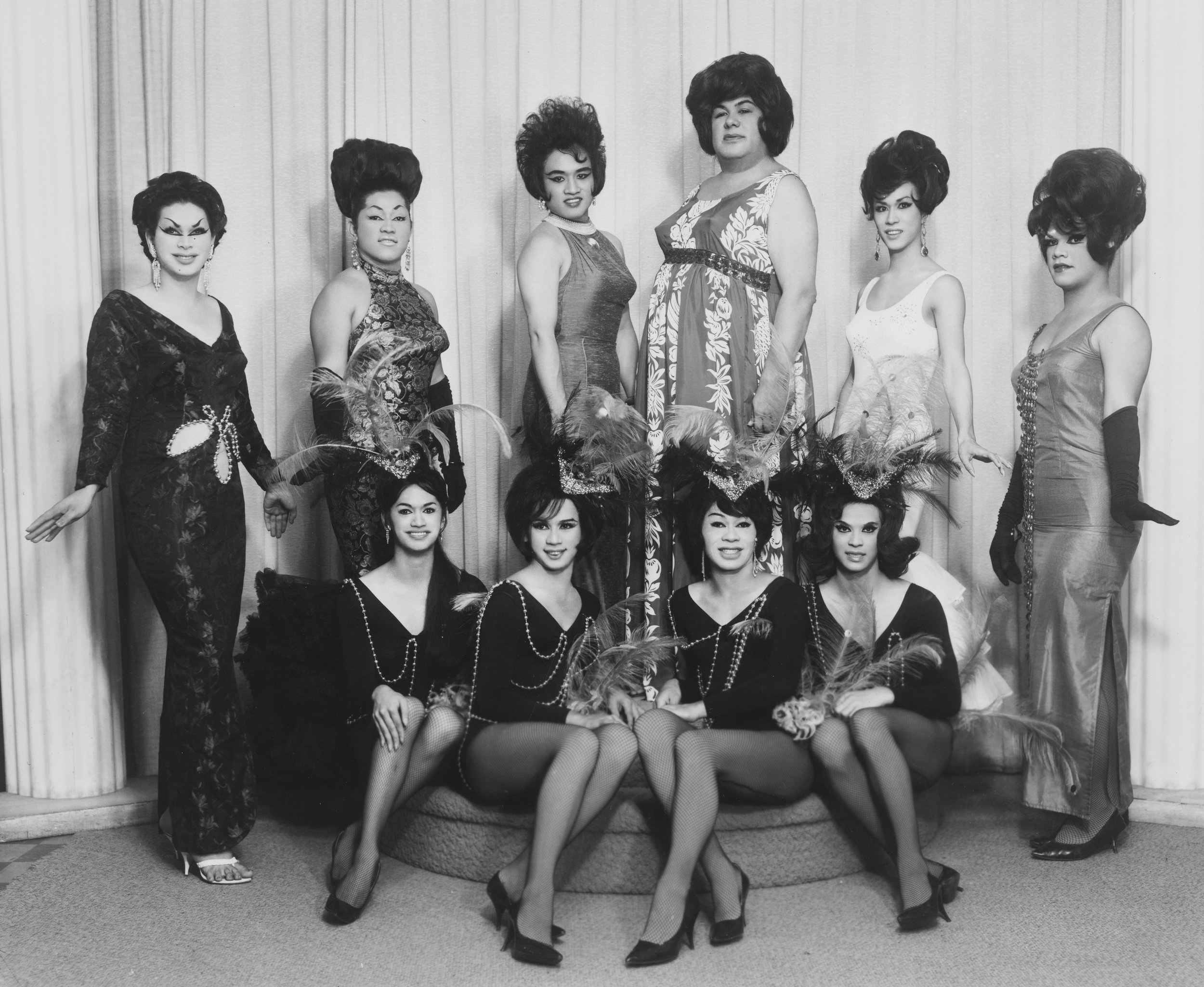
One of the very first Glade Show casts Sitting (L to R): Sandy Bush, Ebony Drake, Mona Fleming, Charmaine Lee Anderson Standing (L to R): Kim Kimberly, Anna Rico, Donna Rico, Liko Johnson, Brandy Lee, Kamuela.
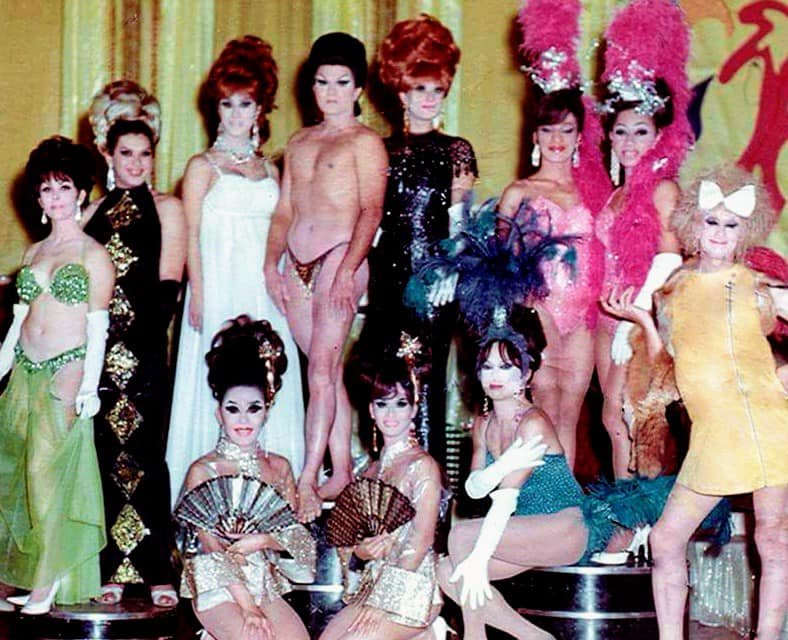
Standing (L to R): Tammy Kaye & Kim Kimberly: Burlesque; Brandy Lee: Singer; Prince Hanalei: Male Exotic Dancer; Butch Ellis: Emcee; Wanda Chapman & Mona Fleming Line Dancers; & Stacie: Comedian. Sitting (L to R): China Nuyuen, Charmaine Lee Anderson, and Sandy Bush: Line Dancers.
Brandy Lee, a former showgirl and choreographer of The Glade nightclub, talks about the club's early days and what life was like as a drag queen in the '60s at the October 24, 2024 edition of Hawaiʻi Storytellers, a community-driven event series by Honolulu Civil Beat that puts community voices at center stage sharing true, first-person narratives.





